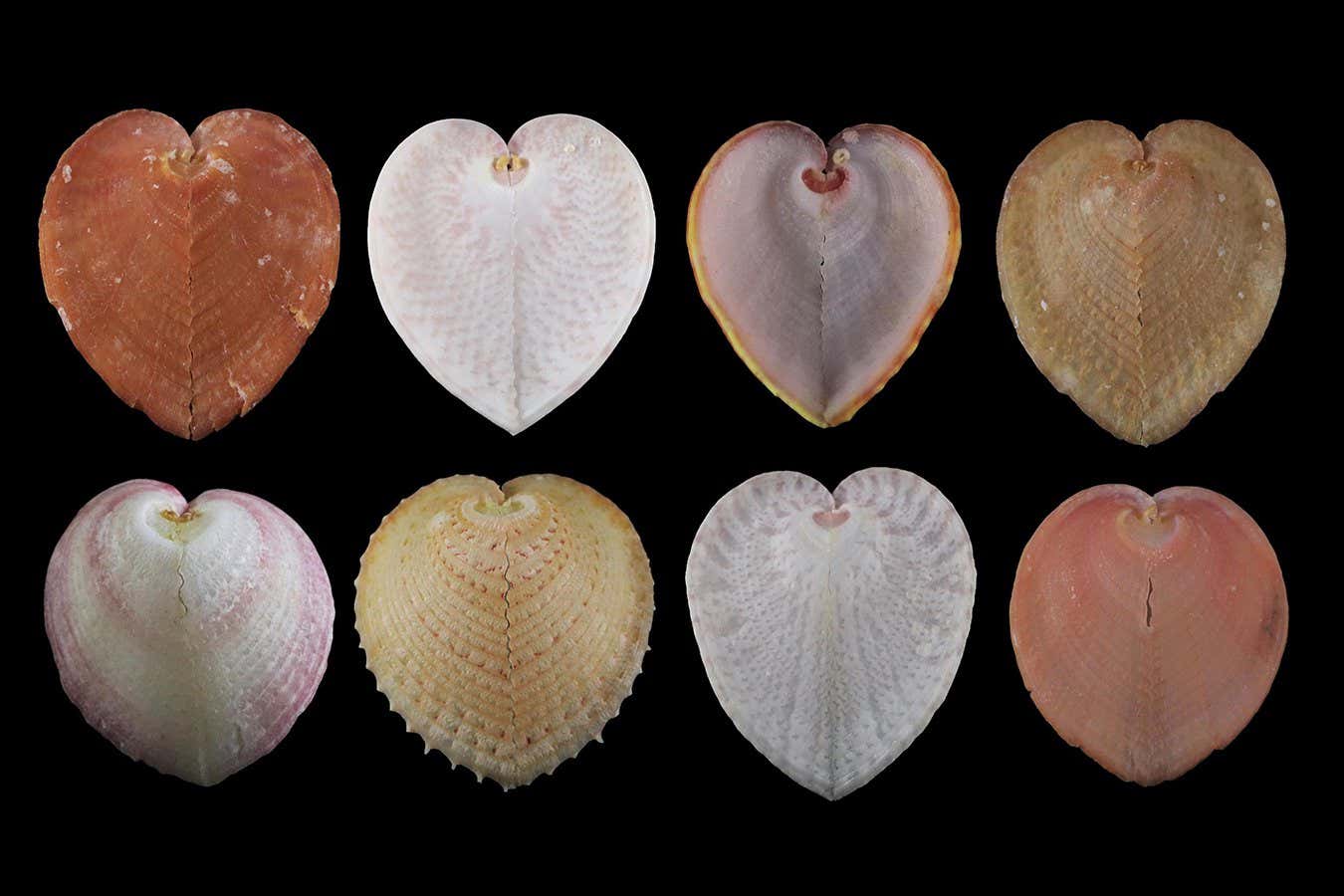Tiny, solid windows in the shells of heart cockles let in light for the photosynthetic algae inside them – and they could show us how to make better fibre-optic cables
By Alex Wilkins
19 November 2024
Heart cockles come in many colours and host photosynthetic algae inside their shells
Dakota McCoy
A heart-shaped mollusc has evolved tiny windows that work like fibre-optic cables, the first known example in nature.
Heart cockles are bivalve molluscs a bit like clams that have a symbiotic relationship with photosynthetic algae that live inside them. The algae have a safe home, get light to photosynthesise and provide nutrients for their hosts.
Read more
Plan to refreeze Arctic sea ice shows promise in first tests
Advertisement
Unlike other bivalves, heart cockles don’t open their shells up wide, yet they somehow funnel light to their interior even while staying shut.
Now, Dakota McCoy at the University of Chicago and her colleagues have found that there are transparent calcium carbonate crystal structures in the heart cockle shells that function like fibre-optic bundles, letting light inside to bathe the algae. “If you don’t have to open and can just have a transparent window, that’s a very safe way to irradiate your algae,” says McCoy.
The researchers examined fragments of different heart cockle shells and the transparent structures within them, as well as the intensity and colour of light that gets through. They found that the windows were made from long, thin fibres of a mineral called aragonite – a form of calcium carbonate – which lets twice as much of the photosynthetically useful light through as it does harmful ultraviolet light. “We put on sunblock because UV causes mutations and cancer. The heart cockles are using these windows as a sunblock,” says McCoy.
